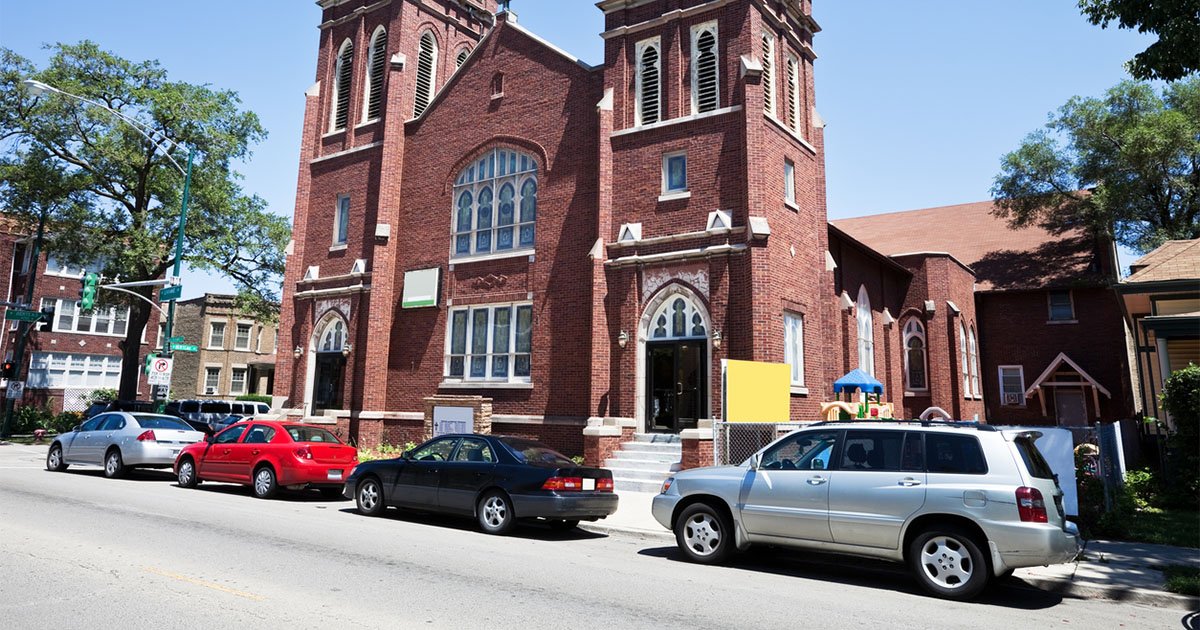Community violence and crime have negative impacts on health, with disadvantaged neighborhoods disproportionately affected. Following the murder of George Floyd, violent crimes like homicide increased, particularly in marginalized communities. Researchers from the Minnesota Population Center at the University of Minnesota sought to expand violent crime research by studying carjacking—taking a vehicle by threat or force when the owner is present. Although media reports suggested a surge in carjackings during this time, there was little empirical evidence to verify this claim. The researchers aimed to see whether carjackings indeed rose in Minneapolis after George Floyd’s murder and if they followed the same pattern as homicides—increasing but remaining concentrated in socially disadvantaged neighborhoods after the unrest.
The study, published in the journal Social Science and Medicine found:

- Minneapolis experienced a fivefold increase in carjackings after the murder of George Floyd.
- Unlike homicide, which remained more concentrated in socially disadvantaged neighborhoods, carjackings spread across nearly all census tracts, such that many socially advantaged neighborhoods in Minneapolis experienced a carjacking for the first time after the killing.
- Despite the spread of carjackings throughout the city, socially disadvantaged neighborhoods still saw the greatest absolute increase in carjackings.
“Carjacking is a violent and frightening crime, and our findings have implications for health and health equity, ” says lead author Allison Lind. “The unequal exposure to violence in disadvantaged neighborhoods (often communities of color) worsens existing health and social inequities. At the same time, carjackings spreading into more advantaged neighborhoods could trigger a strong policy response, including punitive criminal justice responses, known to have a negative impact on population health, particularly for communities of color.”
The social conditions in Minneapolis following the police killing of George Floyd likely contributed to the rise in some forms of violent crime. The murder occurred shortly after the onset of the COVID-19 pandemic, a time of high emotional strain and weakened social controls. Following the upheaval, there may have been widespread perceptions of disorder, a reduced police presence, and more opportunities for crimes like carjacking.
Regardless of the causes of the increase, the challenge ahead is to identify policy responses that effectively curb violent crime without resorting to harsh and inequitable policing and sentencing practices. It is also crucial to address the disproportionate public health impacts of crime and violence across neighborhoods.

